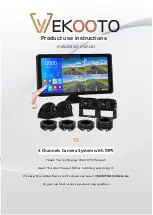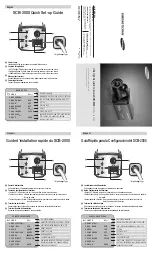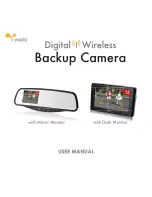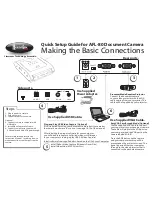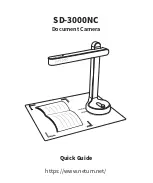
V1.02
Thom Hogan’s Complete Guide to the Nikon D300
Page 709
direct from camera to printer (PictBridge). See “Printing
Your Images” on page <736>.
•
Show them.
The D300 has the ability to present a slide
show of images, and it further has the ability to present
this slide show on a television monitor. See “Slide Shows”
on page <752>.
We’ll tackle each of these things individually in this section of
the book.
The Retouch Menu
Nikon has made an interesting addition to the D300: the
RETOUCH menu. This menu first appeared on the consumer
DSLRs starting with the D80, and allows you to make a
number of changes to your images
after you’ve taken them.
Normally, you’d use a computer and a photo editing
program—such as Photoshop—to make changes to your
images, but the D300 brings a set of basic editing tools to the
camera.
Before I get to describing each of these tools, let me give you
a word of advice: for the most part, I’d tend to avoid them.
The primary reason is that the color LCD on the camera is just
too small and inaccurate to make critical image post
processing decisions. The good news is that the camera
always creates a new image while making changes, leaving
your original intact, but if you still have to end up using that
original to make fine-tuned changes, well, I don’t see that
you’ve gained anything by doing a “quick-and-dirty” edit in
the camera.
You might wonder about what happens to EXIF data when
you create these new images from existing ones. Simple: the
camera copies the EXIF data from the image being used (in
the case of
Image overlay
, from the first image). It also adds
another EXIF data point indicating the type of retouching done
and a new item on the image review page that contains that
data:































